1. Why 70,000 Animal Species?
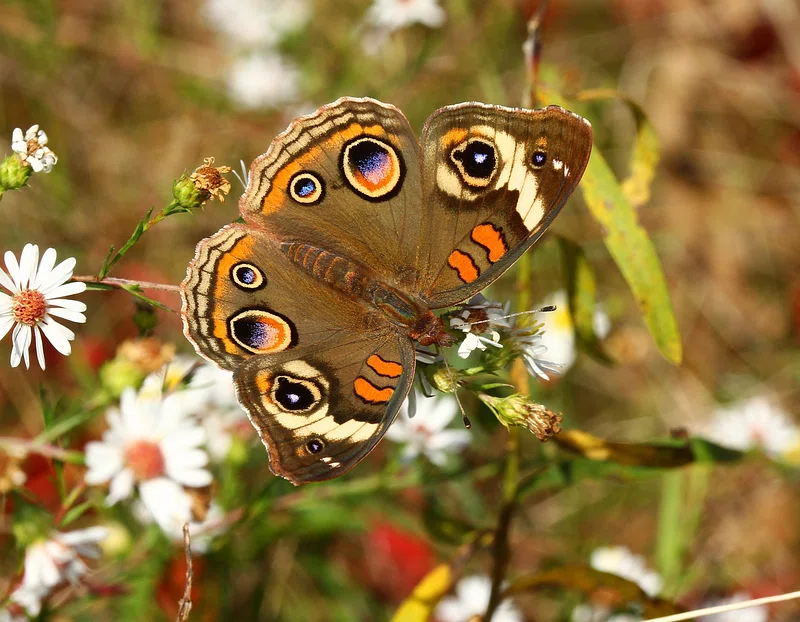
Rawpixel
The goal of mapping 70,000 animal species isn’t just an arbitrary number; it represents a significant chunk of Earth’s biodiversity. Scientists aim to understand the genetic makeup of species that play key roles in ecosystems or are at risk of extinction. This massive undertaking is part of a larger plan to preserve life on Earth by creating a genetic library that future generations can use for conservation and research. By focusing on 70,000 species, researchers can cover a wide range of organisms, from the most iconic animals to the obscure yet ecologically critical ones. This comprehensive approach ensures that no important species is left behind. Ultimately, it’s about safeguarding biodiversity and addressing the environmental challenges that threaten the delicate balance of life on Earth.
2. The Dawn of Genetic Conservation
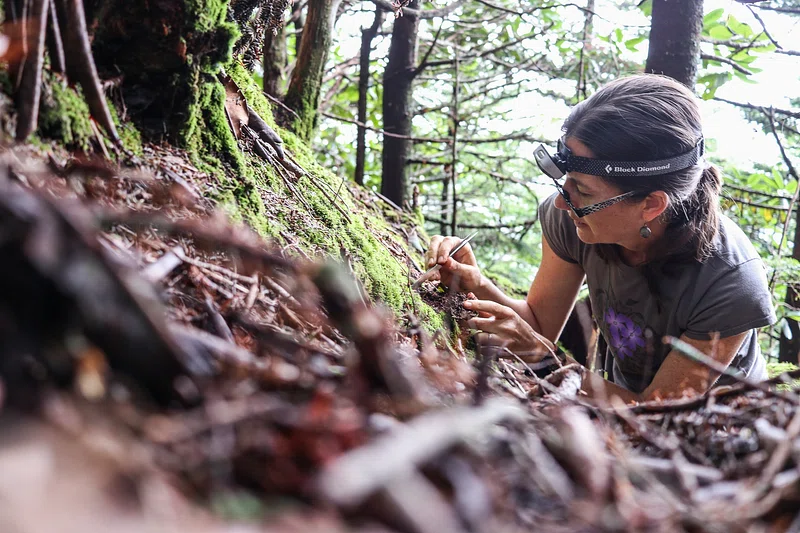
Rawpixel
Conservation efforts have traditionally focused on habitat preservation, but mapping genomes offers a new layer of protection. By understanding the genetic diversity within and between species, scientists can make informed decisions to protect ecosystems. This initiative helps identify genetic vulnerabilities and resilience, which can guide conservation strategies. For example, certain genetic traits might make species more adaptable to climate change, while others might highlight areas of concern. Genetic conservation also complements traditional methods, creating a multi-layered approach to protecting wildlife. It’s a way of future-proofing our planet’s biodiversity against threats like climate change, habitat loss, and invasive species. This pioneering effort combines cutting-edge science with a commitment to preserving the natural world for generations to come.
3. The Global Alliance That’s Making It Happen

Stocksnap
This project isn’t a solo act. It’s a global effort involving scientists, conservationists, and governments from all over the world. Institutions like the Earth BioGenome Project and regional initiatives are collaborating to share data, resources, and expertise. Together, they’re tackling the immense logistical challenges of mapping genomes on such a large scale. These alliances are crucial for ensuring that the project remains inclusive and representative of global biodiversity. By pooling resources and knowledge, the initiative benefits from diverse perspectives and expertise. This collaborative spirit is not only inspiring but also essential for addressing the complexity of genetic mapping. It demonstrates how international cooperation can achieve extraordinary results in conservation science.
4. Why Genomes Matter
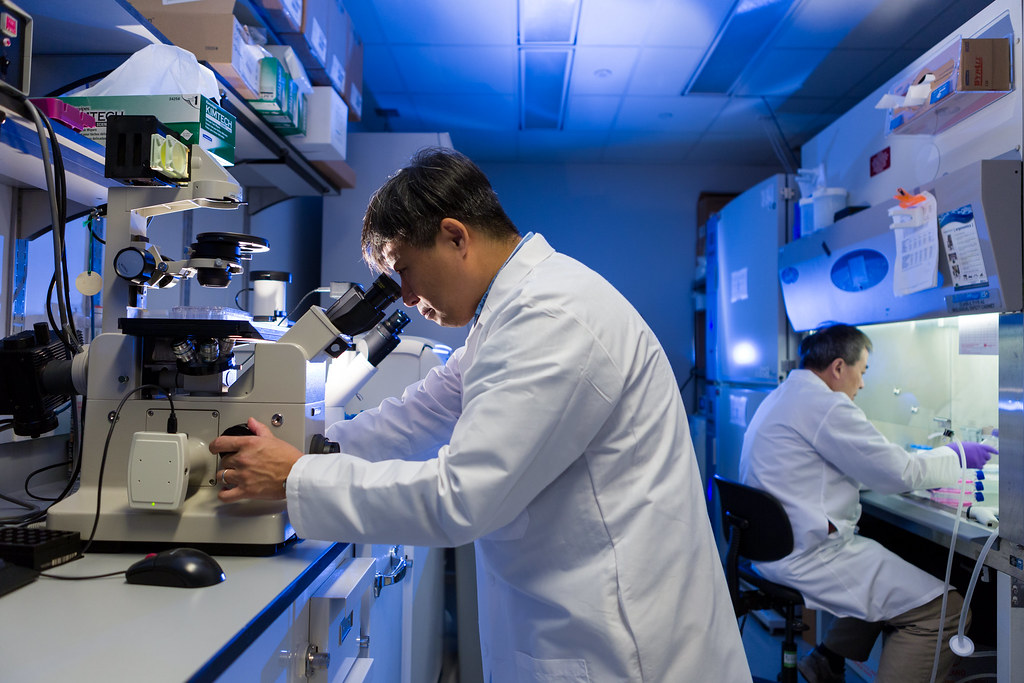
Flickr
Think of a genome as an instruction manual for life. It holds all the information needed for an organism to grow, survive, and reproduce. By mapping genomes, scientists can unlock secrets about how species adapt to their environments, fight diseases, and evolve. This information is invaluable for conservation and understanding the web of life. Genomes can also reveal hidden connections between species, showing how they are interdependent. This knowledge helps us appreciate the intricate relationships that sustain ecosystems. Beyond conservation, genomic data has applications in medicine, agriculture, and biotechnology. It’s a foundational tool for tackling global challenges and ensuring a sustainable future. By understanding genomes, we’re not just preserving species; we’re decoding the blueprints of life itself.
5. The Role of Cutting-Edge Technology

PxHere
Advanced technologies like next-generation sequencing have made this ambitious project possible. These tools allow scientists to read and assemble genomes faster and more accurately than ever before. The cost of sequencing has also dropped dramatically, making it feasible to scale up efforts to include tens of thousands of species. High-throughput sequencing platforms, cloud computing, and AI-driven analysis are streamlining the process, turning what was once a monumental task into a manageable one. These innovations are also enabling researchers to tackle complex genomes that were previously out of reach. The integration of cutting-edge technology with traditional conservation methods marks a new era in biodiversity science. It’s an exciting time for researchers and a promising step forward for global conservation.
6. A Race Against Time

FMT
Many species targeted for genetic mapping are on the brink of extinction. With habitat destruction and climate change accelerating, time is of the essence. By capturing their genetic information now, scientists hope to save a piece of these species, even if they’re lost in the wild. This genetic data can be used for future reintroduction programs or as a resource for understanding why some species couldn’t adapt. The urgency of this work underscores the fragility of our planet’s ecosystems. Every genome mapped is a step toward preserving the incredible diversity of life on Earth. It’s a race against time, but one worth running to ensure that future generations inherit a planet rich in biodiversity and natural wonders.
7. Uncovering Evolutionary Mysteries
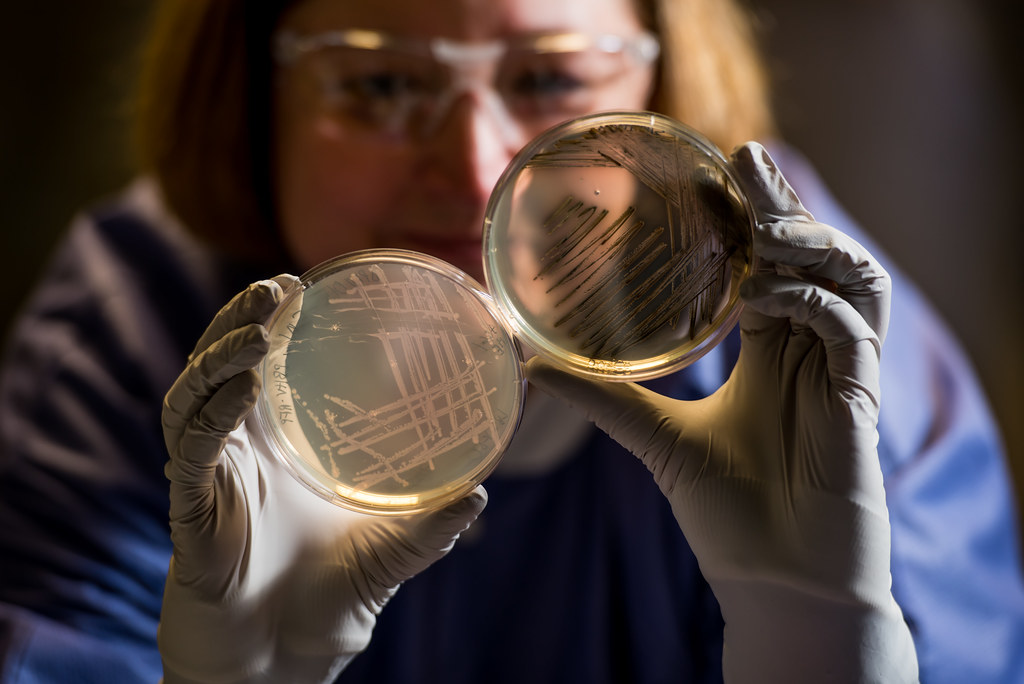
Flickr
Mapping genomes isn’t just about conservation; it’s also about discovery. By comparing genetic blueprints, scientists can uncover how species are related, how they’ve evolved, and what traits make them unique. It’s like piecing together the ultimate family tree of life. This work also helps identify genetic adaptations that allow species to thrive in specific environments, offering insights into resilience and vulnerability. Evolutionary mysteries, such as why certain species survived mass extinctions, can also be unraveled. This deeper understanding of life’s history enriches our appreciation of the natural world. It reminds us that every species has a story to tell, and through genomics, we can listen to those stories in unprecedented detail.
8. The Focus on Lesser-Known Species
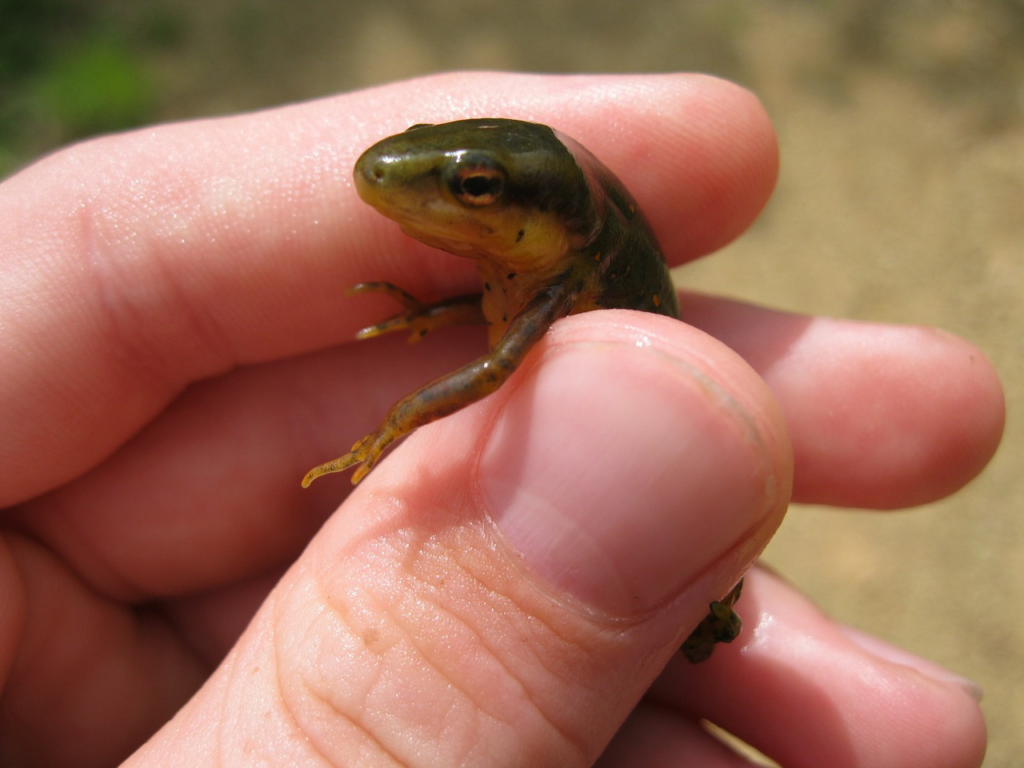
Needpix.com
While iconic animals like tigers and pandas often steal the spotlight, this project also prioritizes lesser-known species. Many of these underappreciated creatures play critical roles in their ecosystems. For example, small invertebrates and amphibians often serve as keystone species, maintaining balance in their habitats. Mapping their genomes helps ensure that even the smallest and most obscure life forms are not forgotten. This inclusive approach recognizes that biodiversity is about more than just charismatic megafauna. It’s about preserving the intricate web of life that sustains all species, including humans. By shining a light on lesser-known species, the project fosters a greater appreciation for the full spectrum of Earth’s biodiversity.
9. The Ethical Questions at Play

Pexels
With great power comes great responsibility. The ability to edit and manipulate genetic material raises ethical questions about how this knowledge should be used. Scientists and policymakers are working to establish guidelines that balance innovation with respect for nature. Issues like genetic privacy, potential misuse of data, and unintended consequences must be carefully considered. Public engagement and transparency are key to addressing these concerns. By involving communities and fostering dialogue, the project aims to build trust and ensure that genomic research serves the greater good. These ethical discussions are an essential part of the journey, reminding us that science and society must work hand in hand.
10. The Cost of Ambition

Pexels
Undertaking a project of this scale isn’t cheap. Funding comes from a mix of governments, private donors, and organizations. Despite the high cost, many argue that the investment is worth it, given the potential benefits for conservation, medicine, and science. The funds support everything from fieldwork and lab analysis to public outreach and education. While financial challenges remain, the project’s supporters believe that the long-term returns—both ecological and economic—far outweigh the initial expense. It’s an ambitious endeavor, but one that holds the promise of transformative impact for both wildlife and humanity.
11. How This Data Can Help Fight Diseases

Pexels
Genetic mapping doesn’t just benefit animals; it also has implications for human health. Many species have unique traits that can inspire new medical treatments or solutions. For example, studying animals resistant to certain diseases could lead to breakthroughs in medicine. Genomic data can also reveal how pathogens evolve and spread, helping scientists develop better strategies to combat them. The interconnectedness of life means that understanding one species often sheds light on others. By investing in genetic research for conservation, we’re also investing in the health and well-being of our own species. It’s a win-win for biodiversity and humanity.
12. Building a Global Genetic Library

PickPik
The ultimate goal is to create a comprehensive genetic library accessible to researchers worldwide. This resource would serve as a treasure trove for scientists studying everything from evolution to climate change resilience. It’s a shared knowledge bank for humanity, enabling discoveries that could benefit conservation, medicine, and agriculture. This library also has the potential to inspire future generations, showcasing the beauty and complexity of life on Earth. By making this information widely available, the project ensures that the benefits of genetic mapping extend far beyond the present. It’s a legacy of knowledge that will serve as a foundation for future scientific breakthroughs.
13. Inspiring the Next Generation

Pexels
Projects like this spark curiosity and inspire young scientists. The idea of decoding life’s blueprint resonates with people of all ages and backgrounds. By showcasing the beauty and complexity of biodiversity, this initiative hopes to foster a deeper connection to nature. Outreach programs, educational materials, and public events are integral to engaging the next generation. By involving students and communities, the project creates a sense of ownership and shared purpose. It’s not just about science; it’s about inspiring people to care for the planet and its incredible diversity of life. Through education and engagement, the project’s impact extends far beyond the laboratory.
14. The Role of Local Communities

PxHere
Local communities play a vital role in the success of this project. Indigenous knowledge often provides critical insights into species and ecosystems. Collaborative efforts ensure that conservation strategies respect cultural values and benefit people as well as wildlife. Community involvement also fosters a sense of stewardship, empowering individuals to take an active role in protecting biodiversity. By partnering with local stakeholders, the project builds trust and ensures that its goals align with the needs of the communities it serves. It’s a model of conservation that integrates science with social responsibility.
15. The Intersection of Genomics and Climate Action

Needpix.com
Genomic data isn’t just about preserving species—it can also play a role in mitigating climate change. Understanding how certain species adapt to extreme environments can offer clues for developing resilient ecosystems. For example, some plants and animals thrive in conditions that mirror what future climates might look like. This knowledge can guide rewilding projects or habitat restoration efforts, ensuring that ecosystems can survive and even thrive in changing climates. Genetic mapping also helps identify species that sequester carbon effectively, providing another tool in the fight against global warming. It’s a fascinating intersection of science and climate action that holds enormous promise for our planet.
16. Leveraging Citizen Science
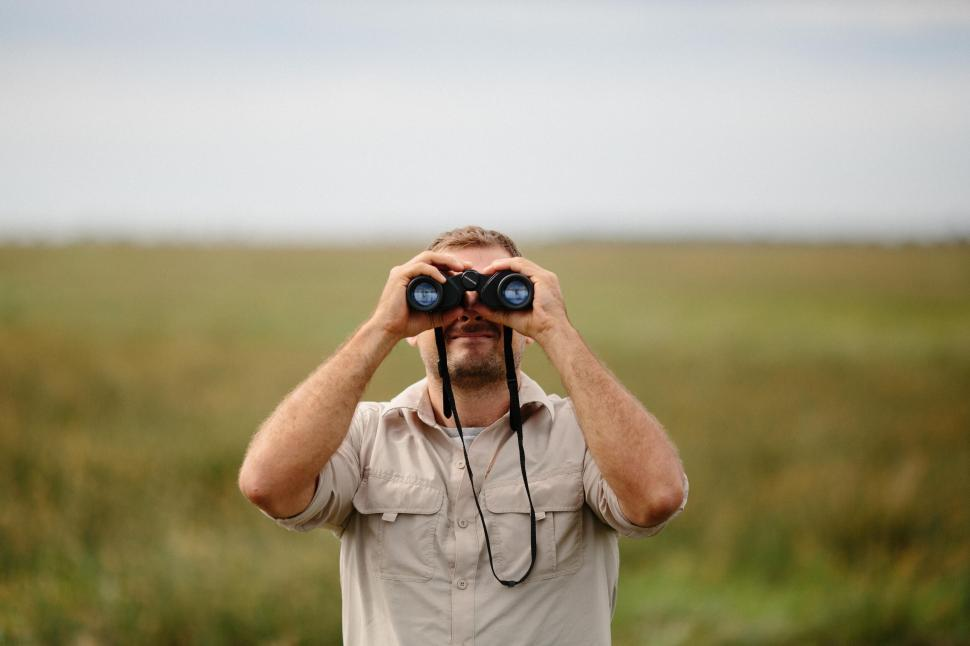
Freerange Stock
Citizen scientists are increasingly playing a role in collecting data for genetic mapping projects. From recording observations in the wild to collecting samples, these volunteers help expand the reach of researchers. Platforms like iNaturalist and other community-driven initiatives allow people to contribute directly to scientific discovery. This democratization of science not only accelerates data collection but also fosters a sense of collective responsibility for biodiversity. It’s a powerful reminder that everyone has a role to play in conservation, whether they’re scientists or passionate amateurs. By involving more people, the project becomes a shared endeavor with a broader impact.
17. The Potential for Biotechnological Innovations

Stockcake
The genetic data gathered through this project has applications far beyond conservation. It can fuel innovations in biotechnology, agriculture, and medicine. For instance, understanding the genetic traits of drought-resistant plants or disease-resistant animals can lead to more sustainable farming practices. Similarly, genetic insights can inspire new pharmaceuticals or bioengineering solutions. This wealth of information has the potential to drive breakthroughs that improve human life while also addressing ecological challenges. It’s a testament to the interconnectedness of all life and the incredible possibilities that arise from studying it at the genetic level.
18. The Legacy We Leave Behind

Pexels
At its core, the effort to genetically map 70,000 animal species is about leaving a legacy for future generations. It’s a statement that biodiversity matters and that we have a responsibility to protect it. This genetic archive will serve as a resource for scientists, conservationists, and educators for decades to come. It’s a gift to the future, ensuring that the wonders of the natural world are preserved in all their complexity and beauty. Beyond the science, it’s a reminder of our shared responsibility to cherish and protect the planet we call home. The legacy isn’t just about the data; it’s about the hope and inspiration that comes with it.


